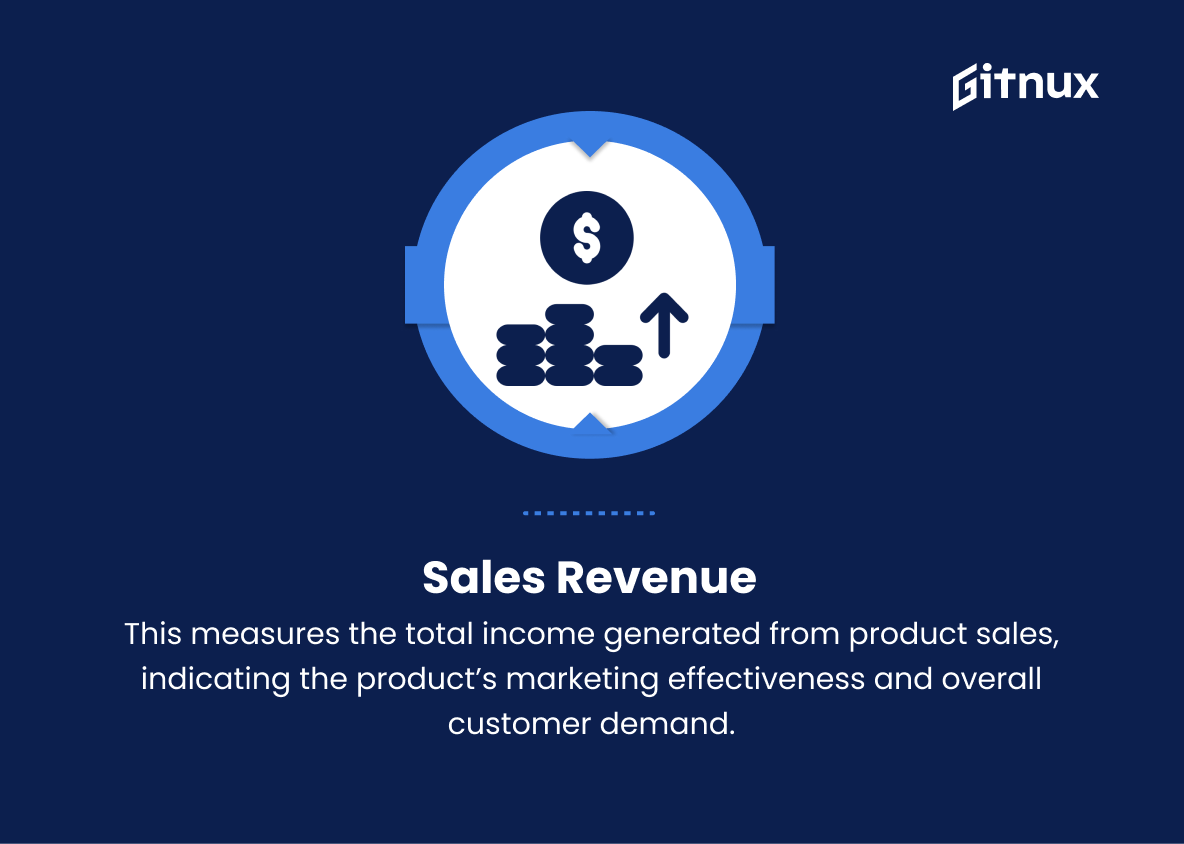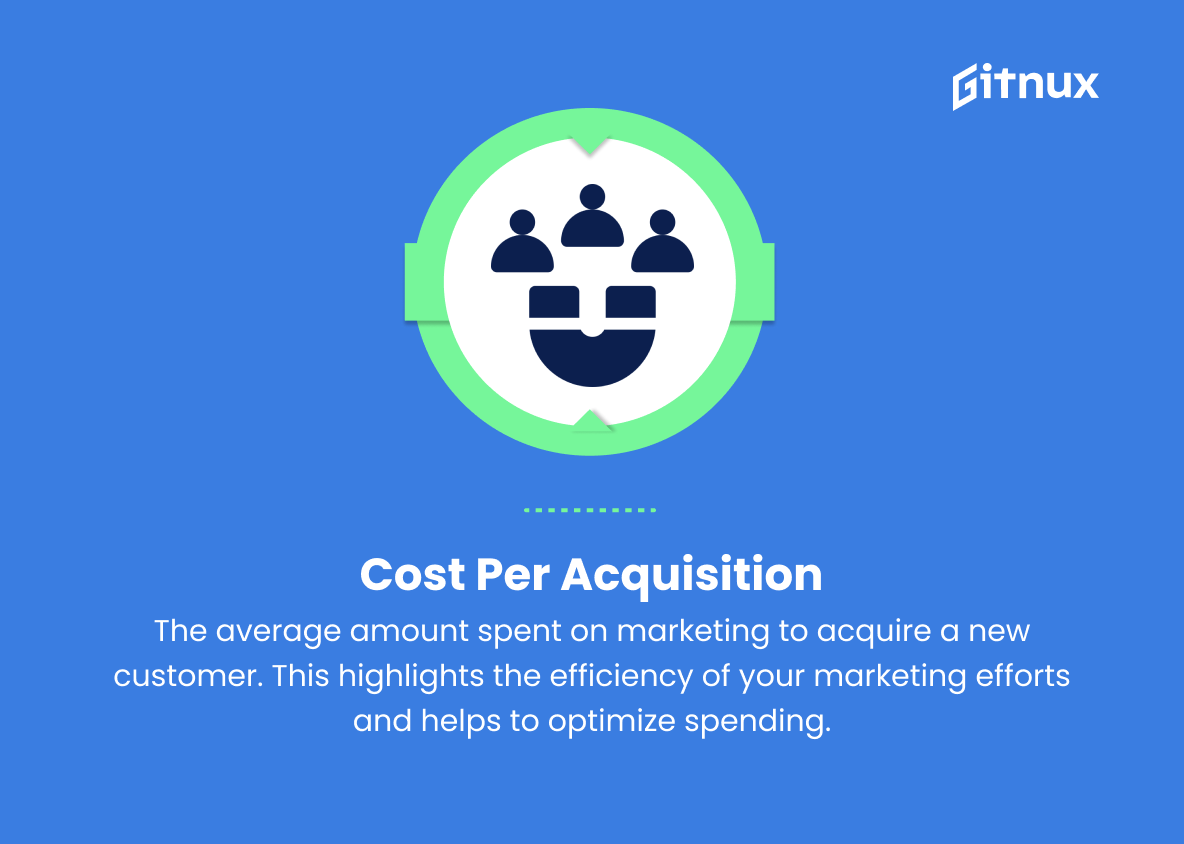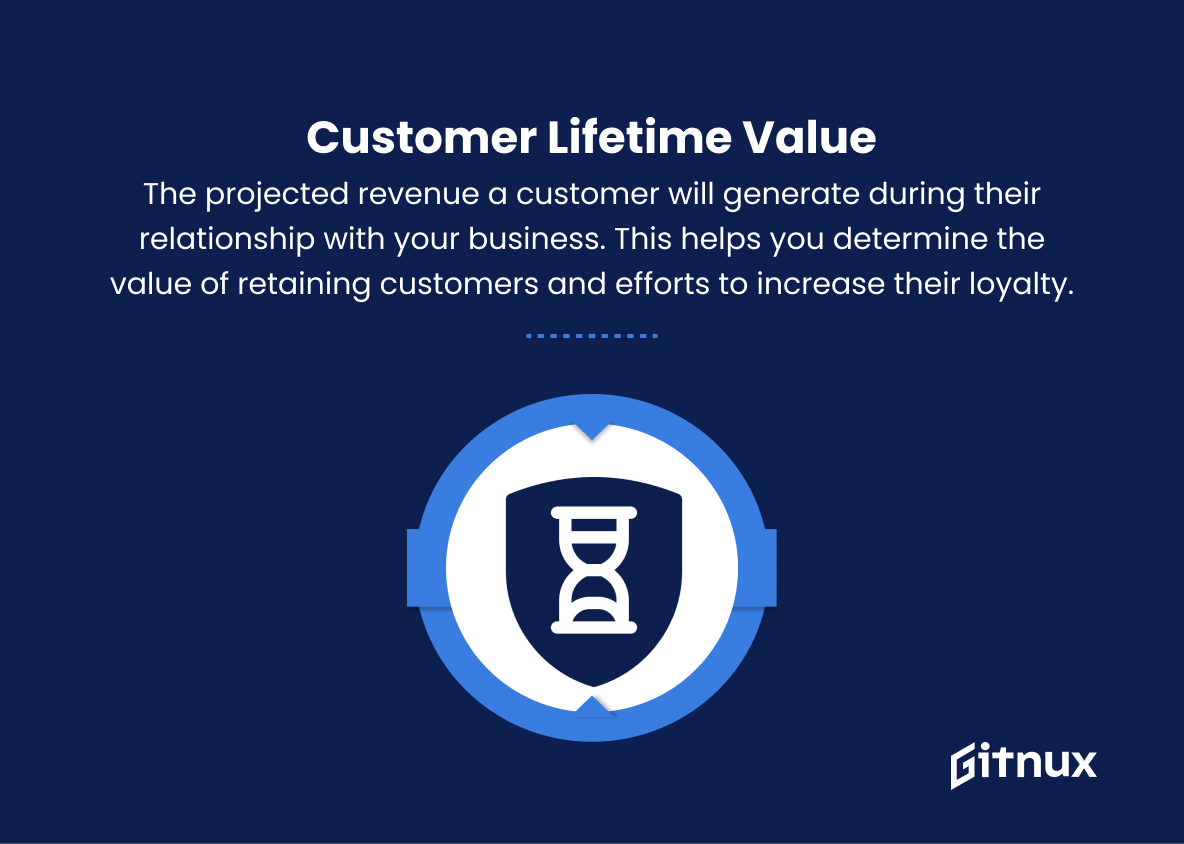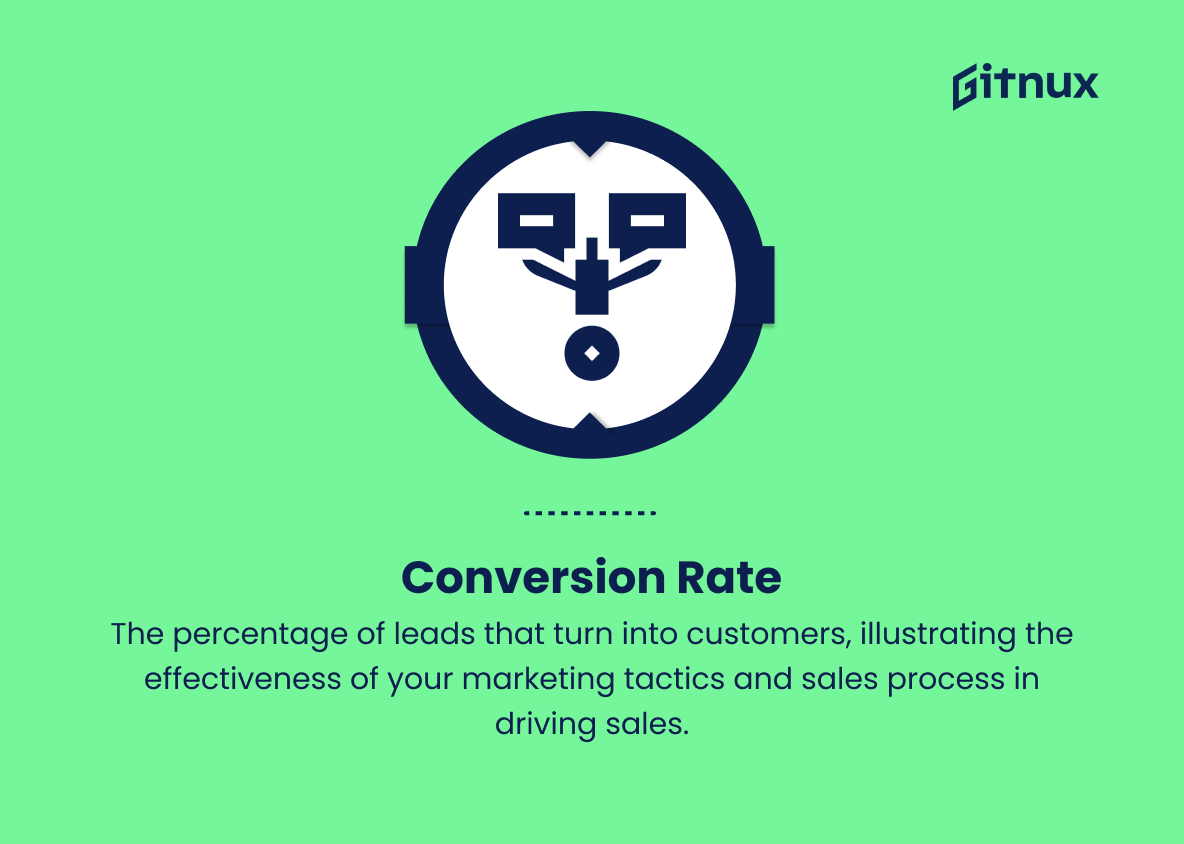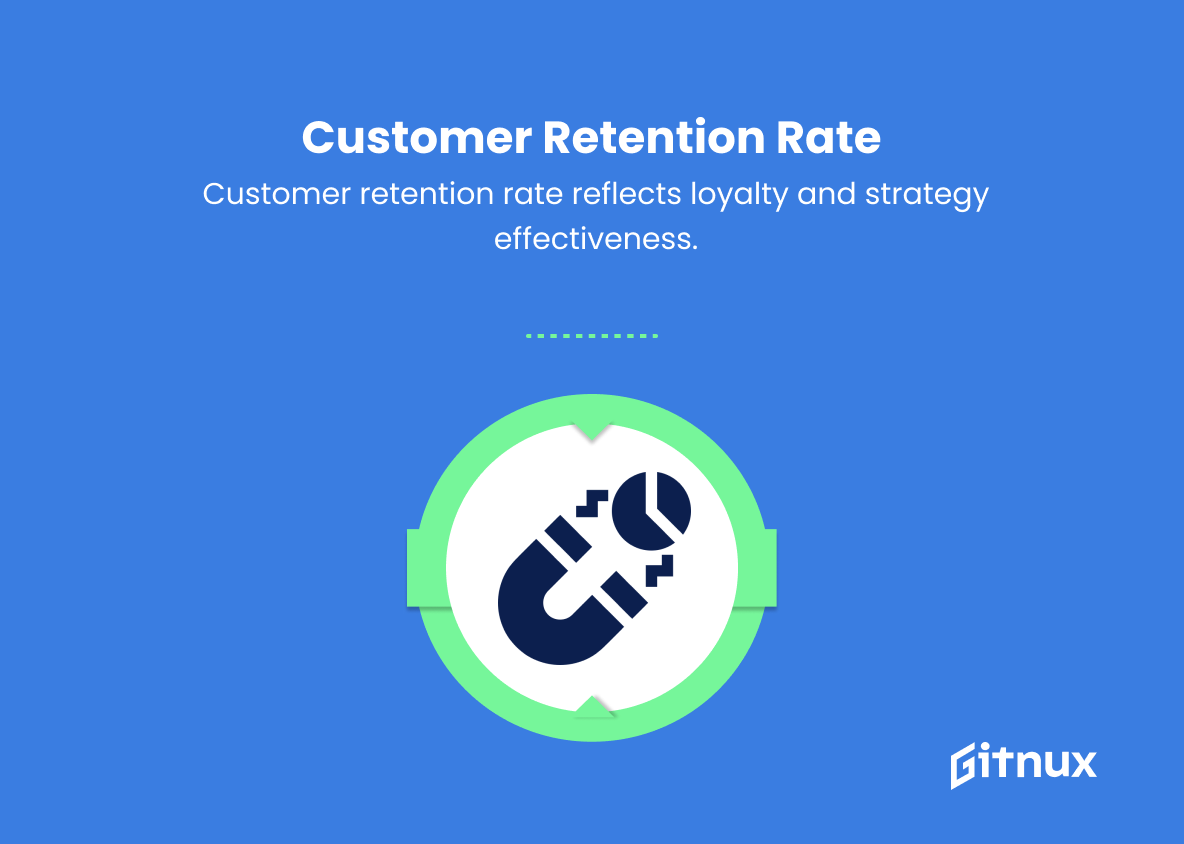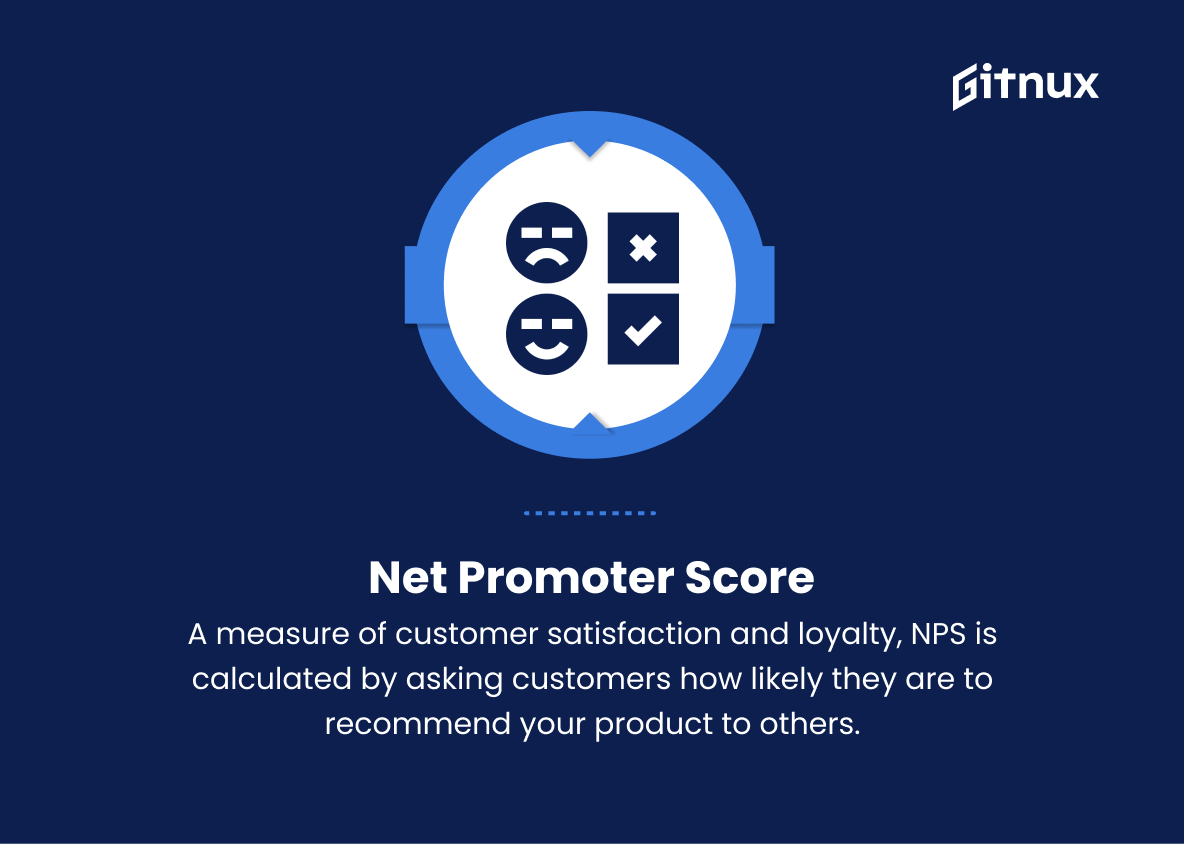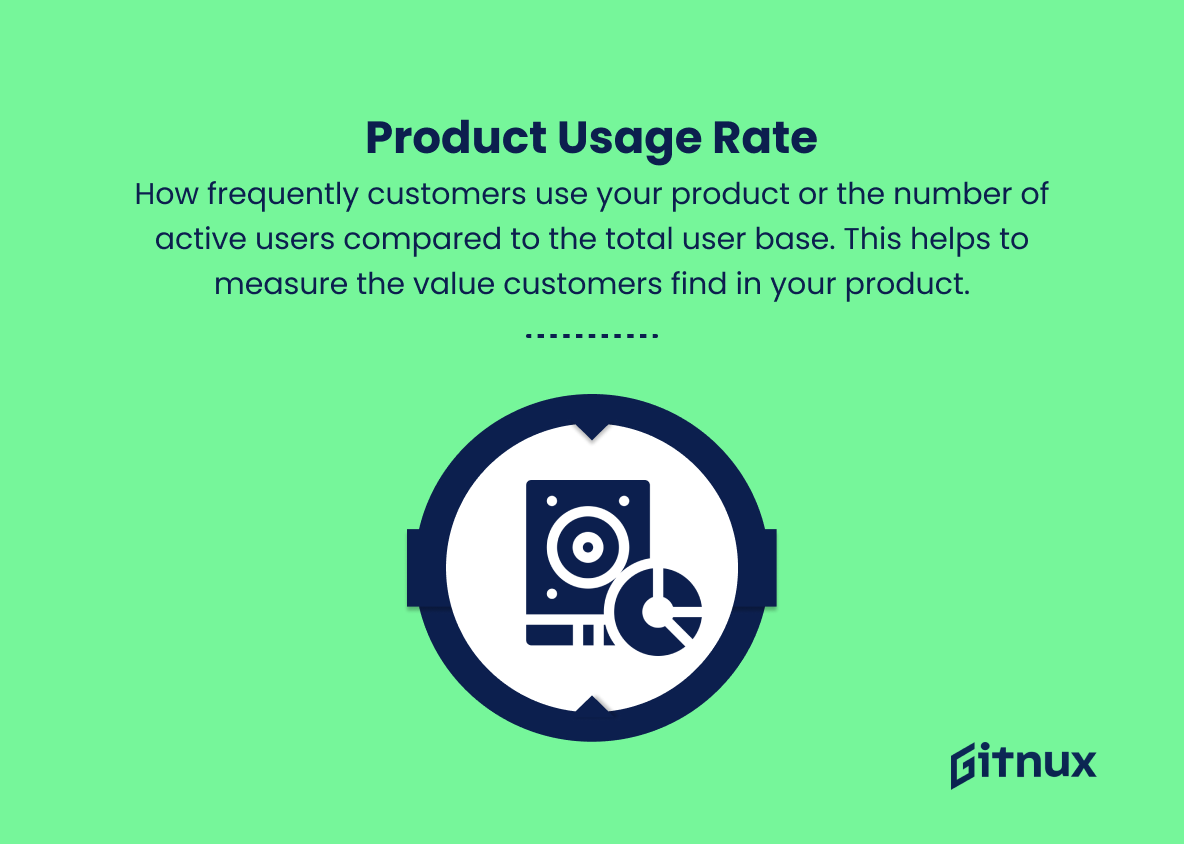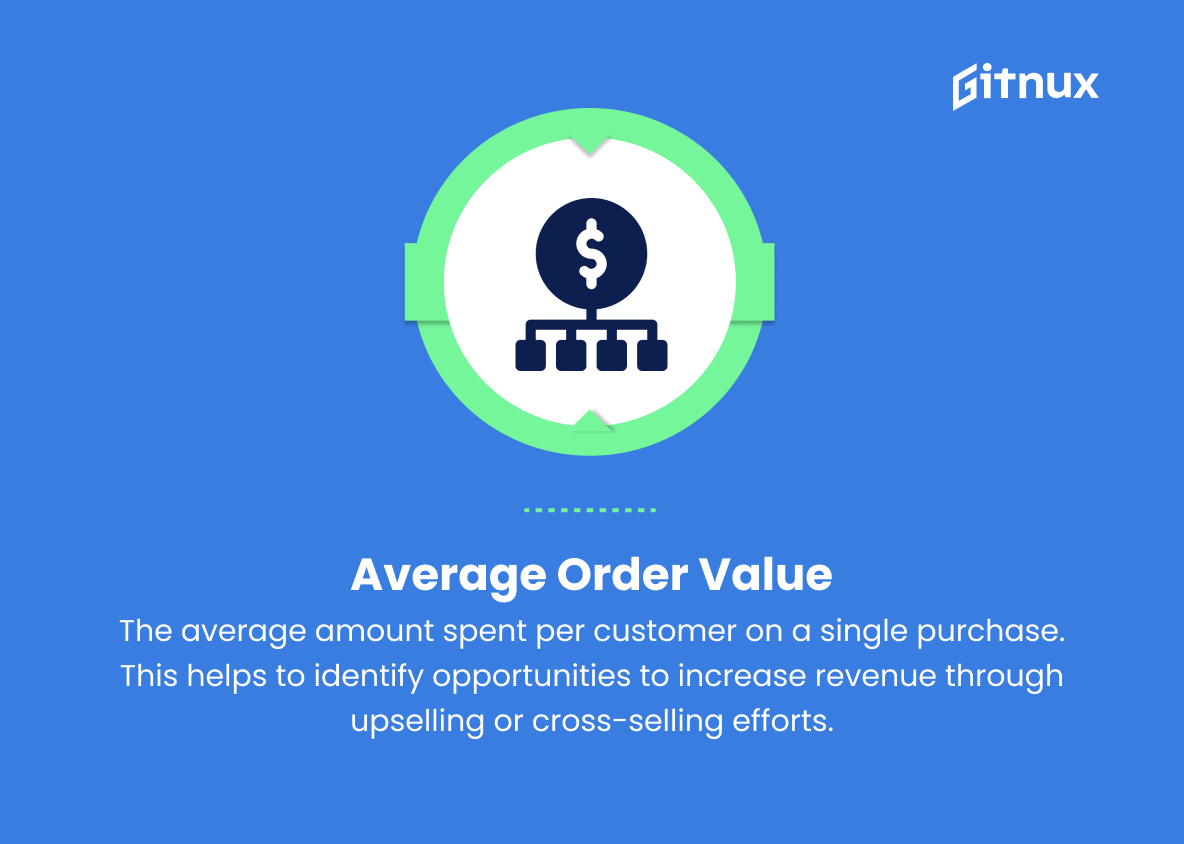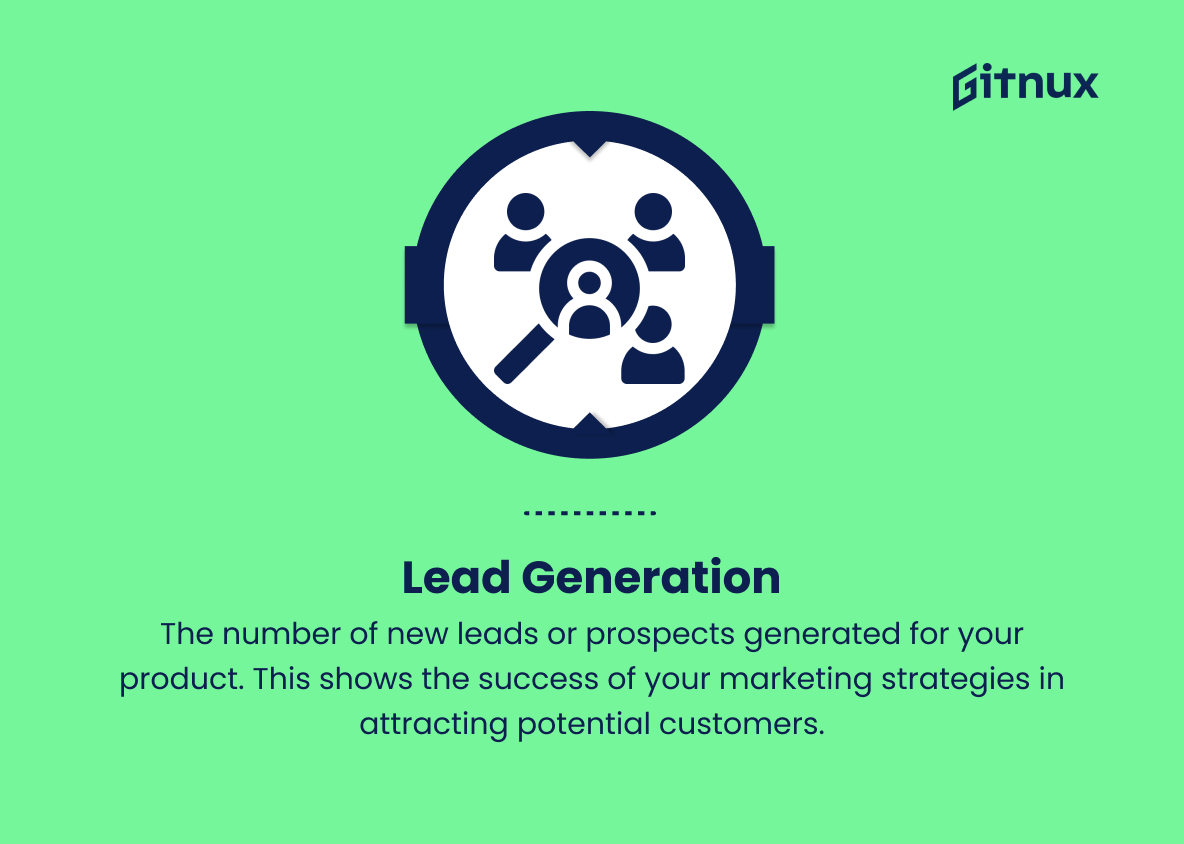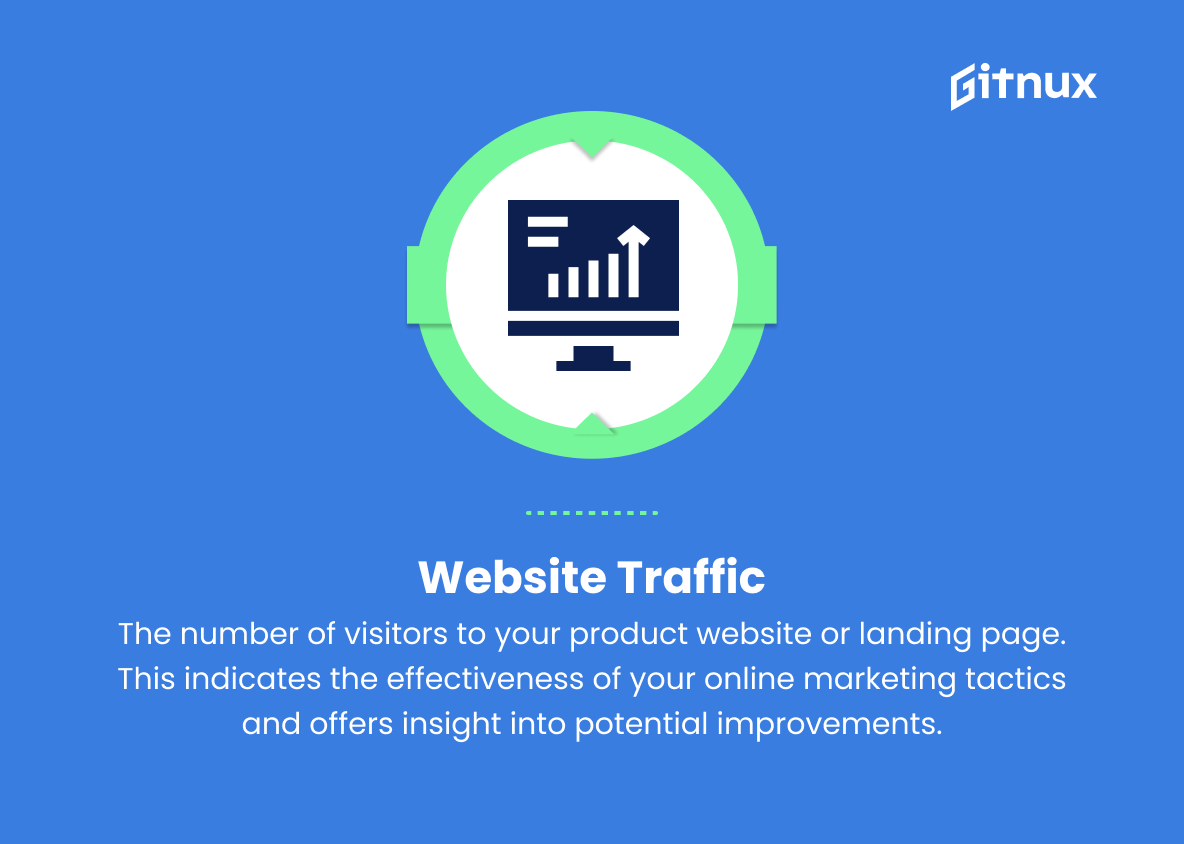In the competitive world of product marketing, staying ahead and driving growth requires constant vigilance, strategic planning, and accurate performance measurement. Key Performance Indicators (KPIs) play a critical role in enabling companies to analyze and evaluate the effectiveness of their marketing strategies and make informed decisions for continuous improvement.
This in-depth blog post delves into the world of product marketing KPIs, discussing their importance, various essential metrics, and how companies can use them to optimize marketing campaigns, improve customer experiences, and ultimately achieve greater success. Join us as we explore the critical role of these KPIs in taking your product marketing to new heights.
Product Marketing KPIs You Should Know
1. Sales Revenue
This measures the total income generated from product sales, indicating the product’s marketing effectiveness and overall customer demand.
2. Market Share
The percentage of the total market that your product occupies, showing the competitive position of your product relative to others in the industry.
3. Cost per Acquisition (CPA)
The average amount spent on marketing to acquire a new customer. This highlights the efficiency of your marketing efforts and helps to optimize spending.
In the highly competitive world of product marketing, staying ahead of the curve and driving growth requires constant vigilance, strategic planning, and accurate performance measurement.4. Customer Lifetime Value (CLV)
The projected revenue a customer will generate during their relationship with your business. This helps you determine the value of retaining customers and efforts to increase their loyalty.
5. Conversion Rate
The percentage of leads that turn into customers, illustrating the effectiveness of your marketing tactics and sales process in driving sales.
6. Customer Retention Rate
The percentage of customers who continue to purchase your product over time. This demonstrates the satisfaction and loyalty of your customers, as well as the effectiveness of your retention strategies.
7. Net Promoter Score (NPS)
A measure of customer satisfaction and loyalty, NPS is calculated by asking customers how likely they are to recommend your product to others.
Product Marketing KPIs, such as sales revenue, market share, cost per acquisition, and customer lifetime value, are crucial in determining the effectiveness and efficiency of marketing efforts.8. Product Usage Rate
How frequently customers use your product or the number of active users compared to the total user base. This helps to measure the value customers find in your product.
9. Average Order Value (AOV)
The average amount spent per customer on a single purchase. This helps to identify opportunities to increase revenue through upselling or cross-selling efforts.
10. Return on Marketing Investment (ROMI)
Calculates the efficiency and effectiveness of your marketing spend by comparing the revenue generated to the cost of marketing efforts.
11. Lead Generation
The number of new leads or prospects generated for your product. This shows the success of your marketing strategies in attracting potential customers.
12. Brand Awareness
The percentage of your target audience that is aware of your product. This highlights the success of your brand-building efforts and indicates the potential for growth.
13. Social Media Engagement
Measures the interactions your product receives on various social media platforms, such as likes, shares, and comments. This helps evaluate your product’s presence and influence on social media.
14. Email Open and Click-Through Rates
The percentage of recipients who open marketing emails and click on links inside them, showing the effectiveness of your email marketing campaigns.
15. Website Traffic
The number of visitors to your product website or landing page. This indicates the effectiveness of your online marketing tactics and offers insight into potential improvements.
These KPIs provide a comprehensive overview of your product marketing performance, allowing you to set goals, track progress, and make data-driven decisions to optimize your marketing strategies.
Product Marketing KPIs Explained
Product marketing KPIs such as revenue, market share, cost per acquisition, and customer lifetime value are critical to determining the effectiveness and efficiency of marketing efforts. They help companies understand their competitive position, customer loyalty, and the value of customer retention. In addition, metrics such as conversion rate, retention rate, and net promoter score reveal the effectiveness of marketing tactics, sales processes, and customer satisfaction.
In addition, product usage rate, average order value, and return on marketing investment enable companies to optimize revenue and marketing spend. Lead generation, brand awareness, social media engagement, email open and click-through rates, and website traffic combine to provide insight into the success of marketing strategies and potential for growth. By tracking these KPIs, organizations can set goals, monitor progress, and make data-driven decisions to improve marketing strategies and drive better results.
Conclusion
In summary, effectively measuring and analyzing product marketing KPIs is critical for any organization that is committed to a successful and sustainable business strategy. These KPIs empower your team to evaluate and optimize your marketing efforts, ensuring that you continue to achieve meaningful results and maximum return on investment.
By focusing on critical areas such as financial performance, customer acquisition, product usage, and customer satisfaction, you can strengthen your product’s market position and ensure long-term organic growth. Remember, as the market evolves and your business grows, it is essential to regularly review and adjust your KPIs to continually refine your marketing strategy, keep it innovative, and align it with your overall business objectives.
